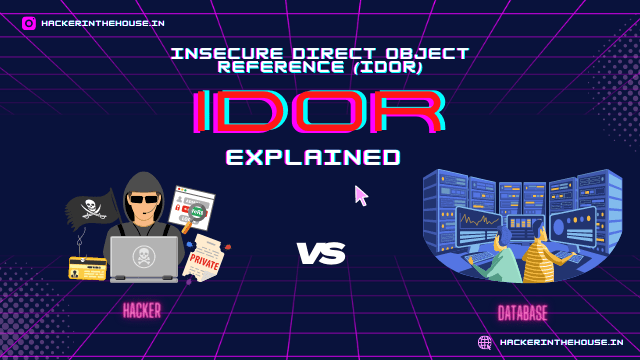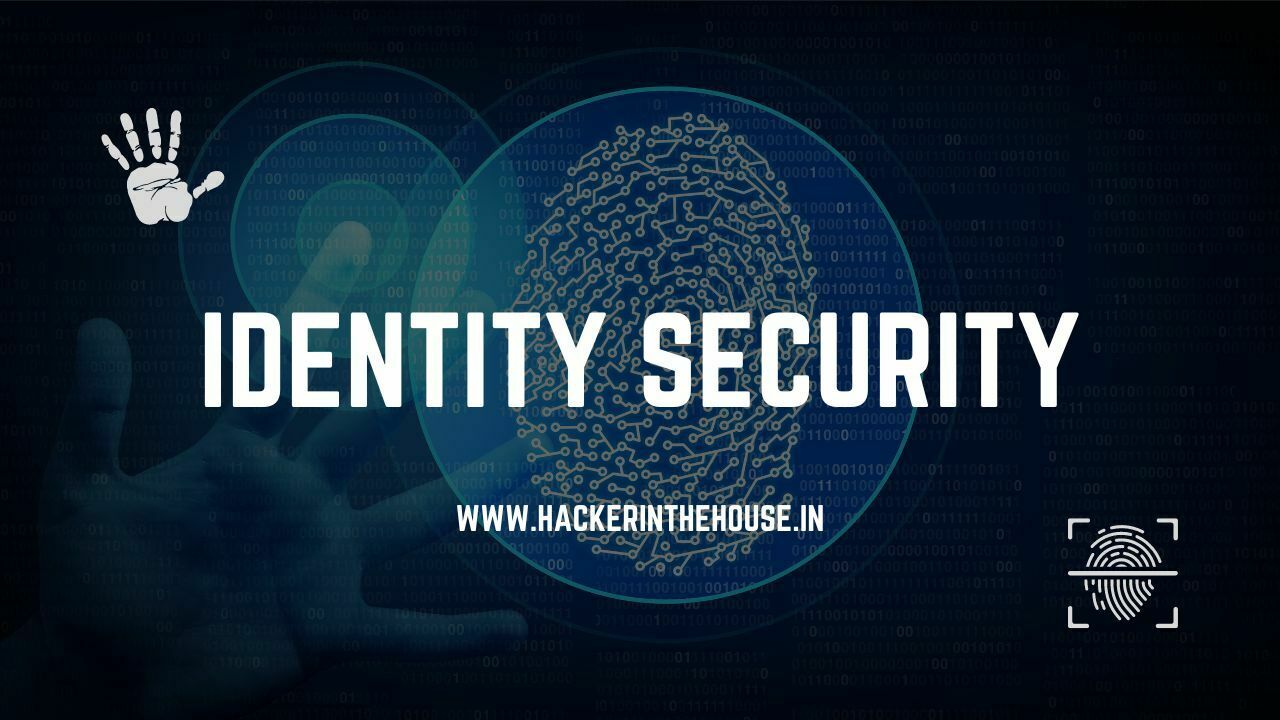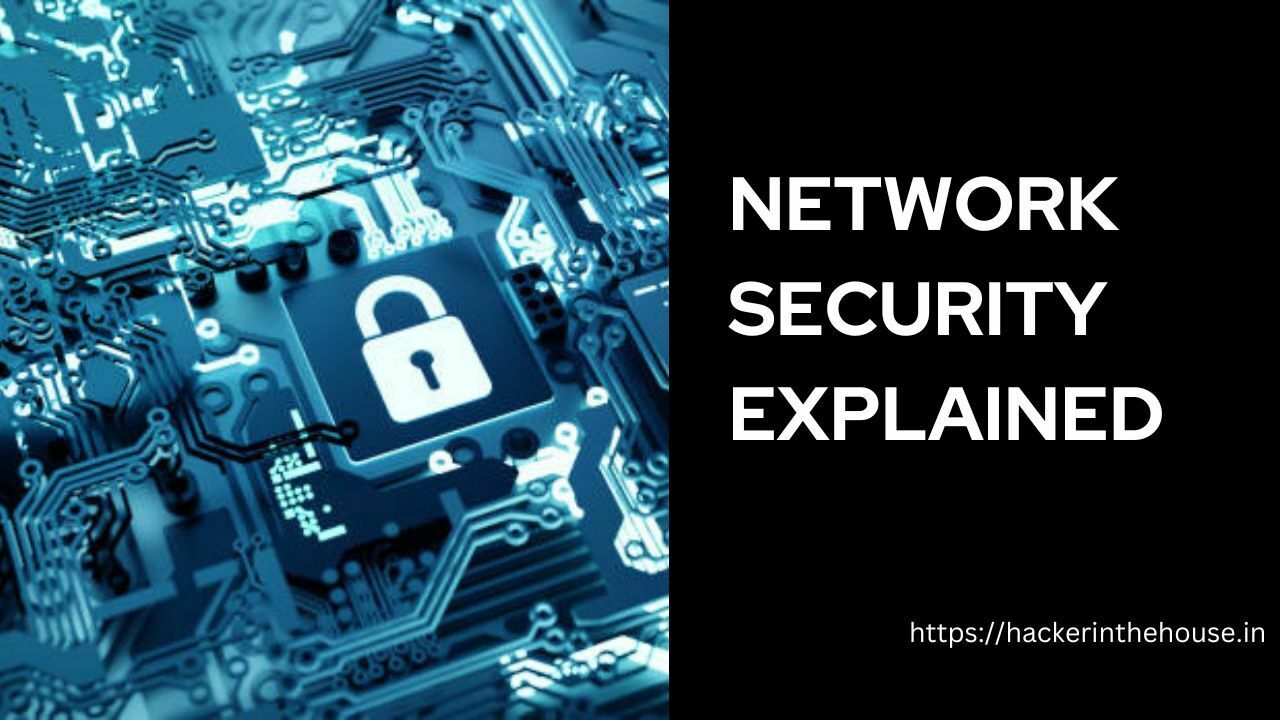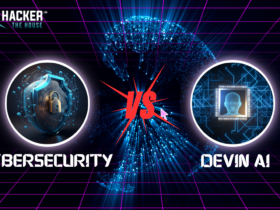Introduction
Identity security is more important than ever before. With the proliferation of online activity and the increasing amount of personal and sensitive information that is shared online, it is essential to take steps to protect your identity and prevent unauthorized access to your
personal and financial information. A security breach can have serious consequences, including identity theft, financial loss, and damage to your reputation.
This article aims to provide a comprehensive overview of identity security, including the risks associated with identity theft, the various types of personal and sensitive information that are used to identify an individual, and the steps you can take to protect your identity. It also covers
key security best practices and provides guidance on what to do in the event of a security breach. By following the tips and best practices outlined in this article, you can help protect your identity and reduce the risk of a security incident.
Understanding Identity
Identity refers to the personal and sensitive information that is used to identify an individual.
This can include information such as:
Name: Your name is a key part of your identity and is often used to verify your identity.
Contact information: This includes your address, phone number, and email address.
Date of birth: Your date of birth is often used to verify your identity and can be combined with other information to create a unique identifier.
Government-issued identification: This can include a driver’s license, passport, or social security number. These forms of identification are often used to verify your identity and may contain additional personal information, such as your address or date of birth.
Financial information: This can include information such as bank account numbers, credit card numbers, and other financial details.
It is important to protect this personal and sensitive information from unauthorized access or misuse, as it can be used to impersonate you or gain access to your accounts and resources. In the next section, we’ll look at practical steps you can take to protect your identity.
Protecting Your Identity
There are several steps you can take to protect your identity and prevent unauthorized access to your personal and sensitive information. These include:
Use strong and unique passwords: Use complex passwords that are difficult to guess and avoid using the same password for multiple accounts. Consider using a password manager to help you create and store unique and secure passwords.
Enable two-factor authentication: Two-factor authentication (2FA) requires an additional step beyond a password, such as a code sent to your phone or a biometric scan, to verify your identity. This can help prevent unauthorized access to your accounts.
Protect personal information: Be careful about sharing personal information, such as your name, address, or date of birth, with unknown sources. Be cautious of phishing attacks and only share personal information with trusted sources.
Use a firewall: A firewall can help protect your computer or device from unauthorized access and malicious activity.
Keep software and security systems up to date: Regularly updating your software and security systems can help ensure that you have the latest security protections in place.
By following these and other best practices, you can help protect your personal and sensitive information and reduce the risk of identity theft and other security incidents.
Security Best Practices
In addition to the steps you can take to protect your personal and sensitive information, there are also several security best practices that can help protect your identity and prevent unauthorized access to your accounts and resources. These include:
Use secure protocols: When accessing the internet, it is important to use secure protocols such as HTTPS and SSL/TLS to encrypt data in transit and protect it from tampering.
Implement access controls: Carefully manage and control access to your accounts and resources. This can be done through the use of authentication and authorization measures, such as passwords and multi-factor authentication.
Encrypt data: Encrypting data in transit and at rest can help protect it from unauthorized access or tampering.
Ensure secure configuration: Properly configuring your devices and systems can help prevent vulnerabilities and protect against attacks.
Monitor and respond to security events: Regularly monitoring your systems and resources can help identify and respond to potential security threats in a timely manner.
By following these and other security best practices, you can help protect your identity and reduce the risk of a security incident.
Responding to a Security Breach
Despite your best efforts, it is possible that your identity may be compromised in a security breach. If this happens, it is important to take immediate action to minimize the damage and protect your identity. Here are some steps you should take:
Report the incident: If you suspect that your identity has been compromised, it is important to report the incident as soon as possible. This can help authorities investigate and potentially catch the perpetrator.
Change your passwords: If you believe your passwords have been compromised, change them immediately. Use strong and unique passwords and consider using a password manager to help you create and store them.
Monitor your accounts: Carefully monitor your accounts and look for any suspicious activity. This includes checking your credit report and financial accounts for unauthorized charges or transactions.
Consider freezing your credit: If you are concerned about identity theft, you may want to consider freezing your credit. This will prevent anyone from opening new accounts in your name.
Stay alert: Be vigilant about protecting your identity and regularly review your security practices to ensure that you are taking all necessary precautions.
By following these steps and staying alert, you can help minimize the damage from a security breach and protect your identity.
Identity security is crucial in today’s digital world. By taking steps to protect your personal and sensitive information and following best practices for security, you can help reduce the risk of identity theft and other security incidents.











Leave a Reply